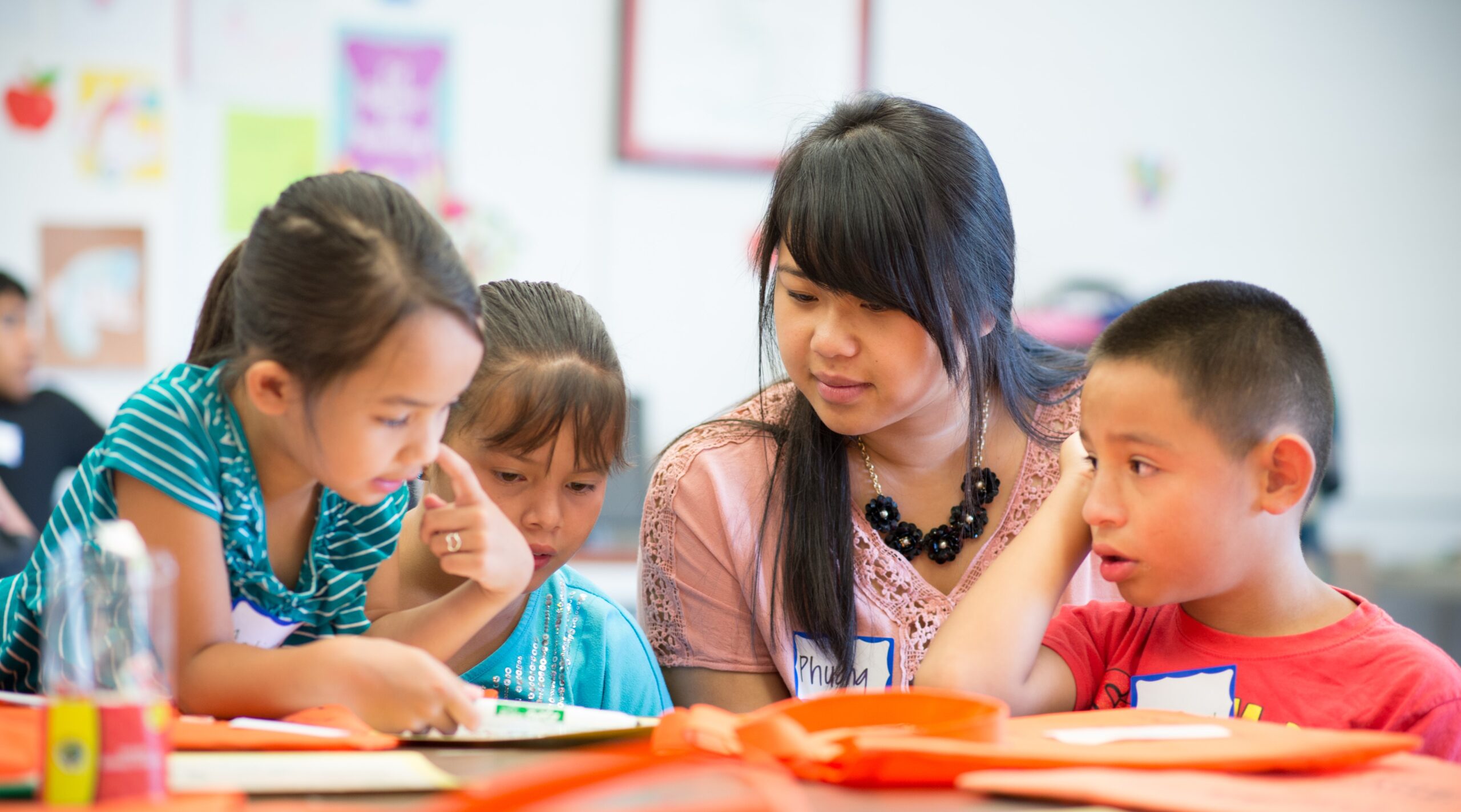
Leah Crews
LEO Programs Associate
Campaign for Grade-Level Reading
Accelerating Equitable Learning Recovery
“There is no intervention known that has an impact larger than that of tutoring.”
– Robert Slavin, Ph.D., Johns Hopkins University
1. Relationship Building
– Anne Sinclair, Ph.D., Ampact
2. Sustainable Funding and& Scalability
“If you make this bet, if you implement well, you will see a return on investment. You’ll see impact by way of student achievement….If you have results and you have documented evidence that it’s working, then the funding will be there because you’re going to prioritize it because you’ve seen its effectiveness.”
– Janice Jackson, Ed.D., America Achieves
3. Flexibility
-AJ Gutierrez, Saga Education
Experts are also in agreement that as state leaders craft legislation to support tutoring programs, they should listen to districts, parents, and students.[9],[10] Rather than dictating solutions, state leaders should provide flexibility for local leaders to tailor tutoring programs to take advantage of existing programs and assets and respond to local challenges.[11] Not all tutoring programs can or should look the same! Every community is different and local leaders are more likely to develop and run programs that work well with existing resources and partners in their communities.[12],[13]
4. Highly Effective Tutors
-Junlei Li, Ph.D., Harvard Graduate School of Education
Tutor effectiveness is directly related to the amount of training and preparation they are given for their role. Adequate training which includes mentor training, diversity training, teaching skills and asset-based modeling, coaching and support is essential in preparing tutors to succeed in their role. Whether tutors are college students from programs such as JumpStart, retirees with the AARP Experience Corps, or professionals with no educational background, their success is largely dependent on programmatic support.[14]
Looking Ahead
Now that we know what works and how to implement it effectively, the focus must shift to scaling and sustaining programs so that all students who need this critical intervention have access to it going forward. This presents a new set of challenges and opportunities that the Campaign for Grade-Level Reading will continue to explore in upcoming Learning Tuesdays webinars. Stay tuned!










